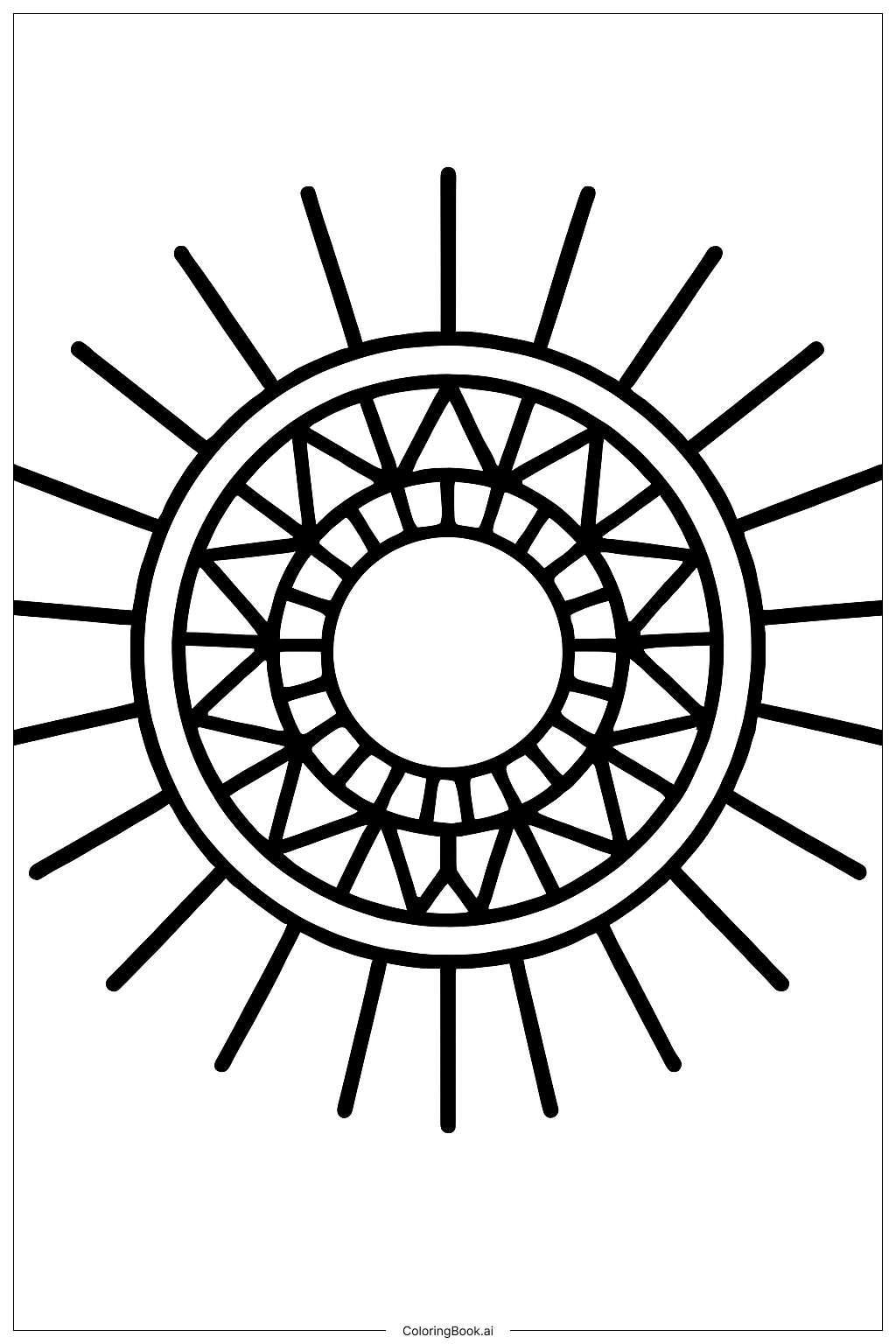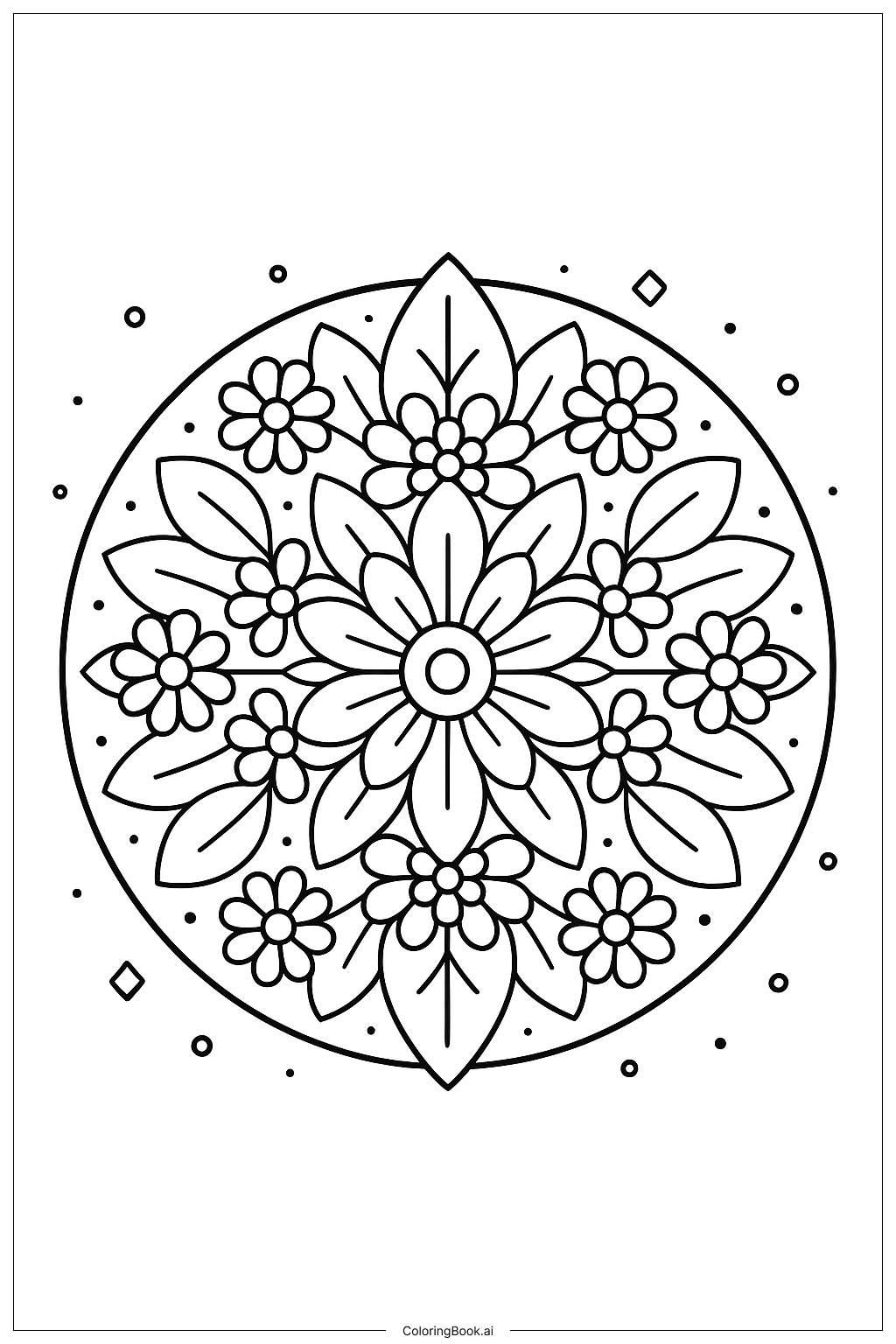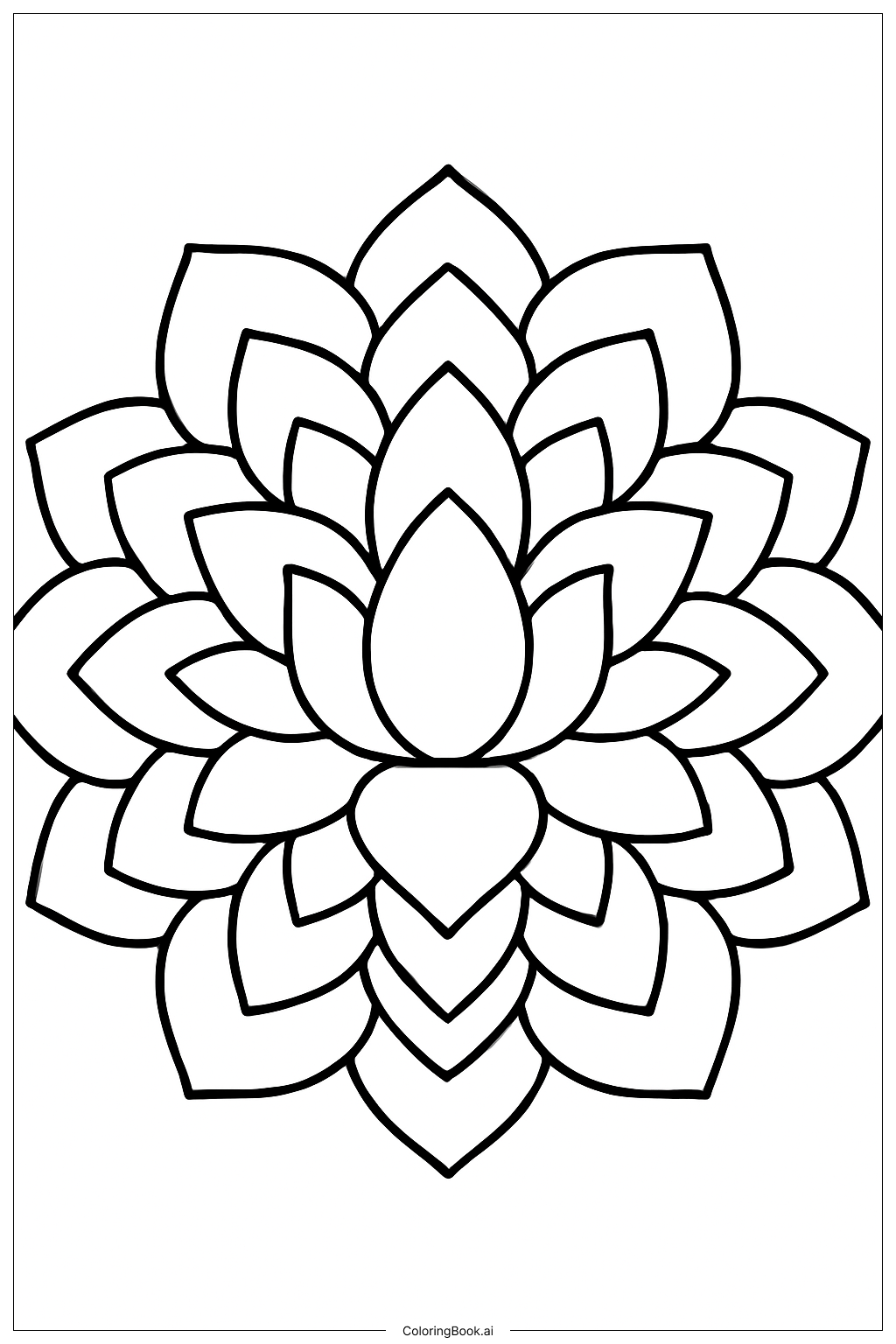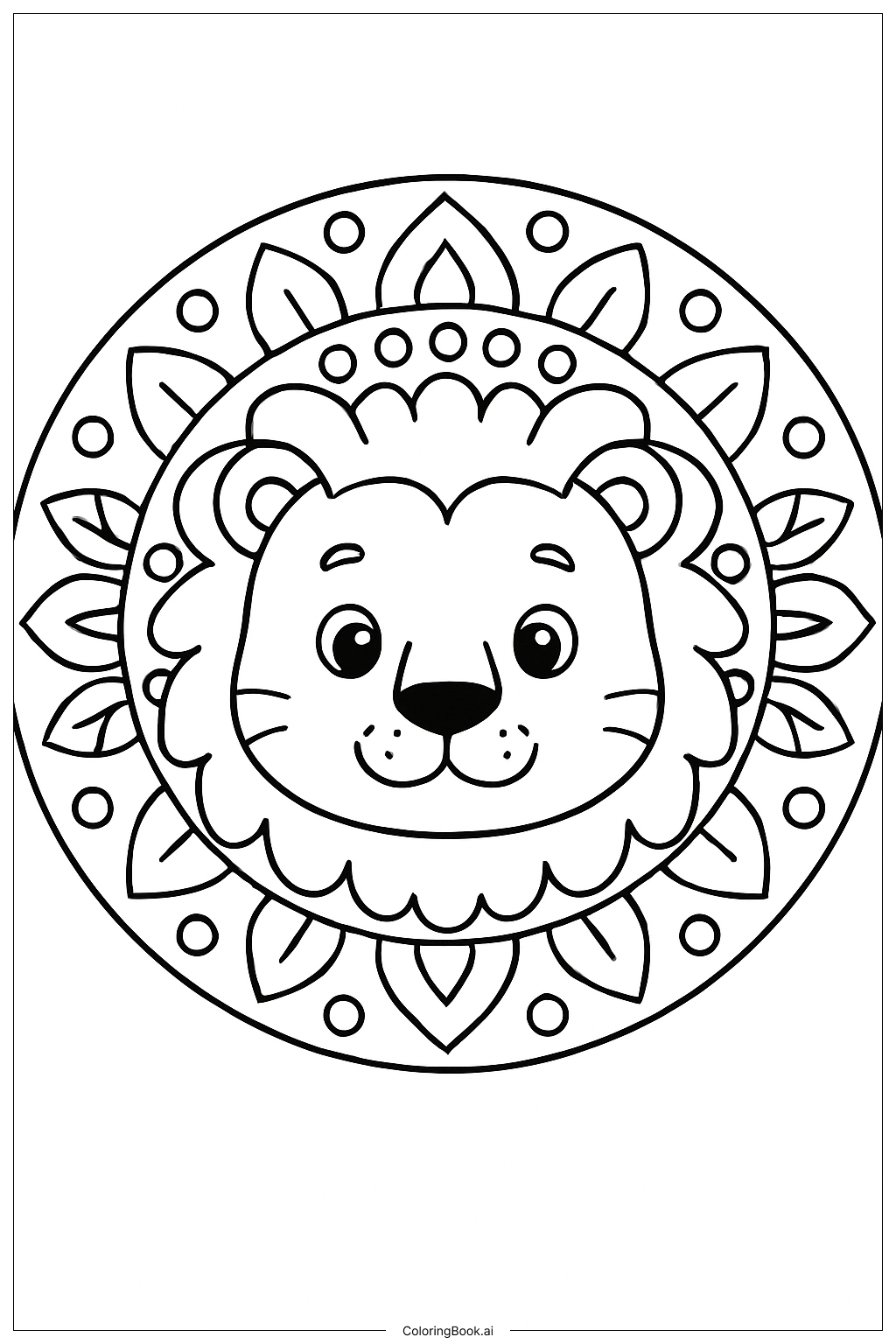Coloring tips: How to color Celtic Knotwork Mandala coloring page well?
Use different shades of green and blue to reflect the Celtic heritage and nature themes. You can color each band in alternating colors to highlight the weaving effect. Adding metallic colors like gold or silver on some lines will give a shiny, elegant look. Use lighter shades for the dots and border designs to make the central knotwork stand out. Don’t forget to color slowly and carefully, following the loops’ curves to keep the design neat and clean. Try using fine-tip markers or colored pencils for precise coloring.
Coloring challenges: Which parts are difficult to color and need attention for Celtic Knotwork Mandala coloring page?
1. The complex interlacing lines make it tricky to stay within the edges without mixing colors. 2. Maintaining the pattern’s symmetry needs careful attention and patience. 3. Small dot and curved line details can be hard to color neatly without smudging. 4. Coloring the loops so they look like they go over and under each other requires focusing on alternating colors properly. 5. Filling both large and small spaces evenly can be challenging for beginners.
Benefits of coloring books: Advantages of drawing Celtic Knotwork Mandala coloring page
Coloring this Celtic Knotwork Mandala helps improve hand-eye coordination by encouraging careful coloring within intricate lines. It builds focus and patience through the detailed and repetitive patterns. The symmetrical design stimulates creativity and balance, as you choose harmonious colors. This activity promotes relaxation and stress relief, as spending time on coloring is calming and satisfying. It also introduces children to a piece of cultural art and history, sparking curiosity and appreciation for different traditions.




